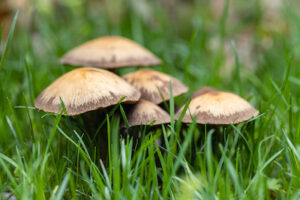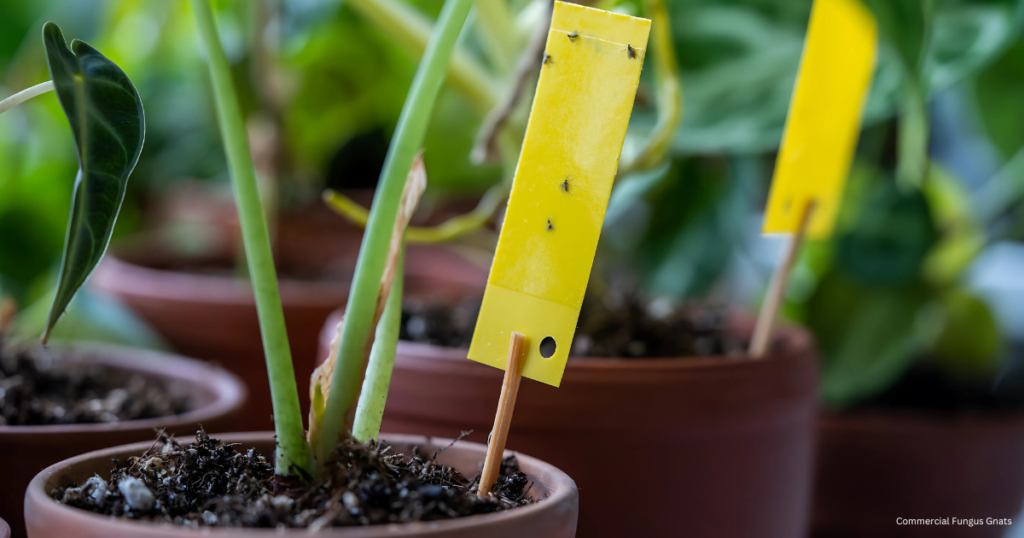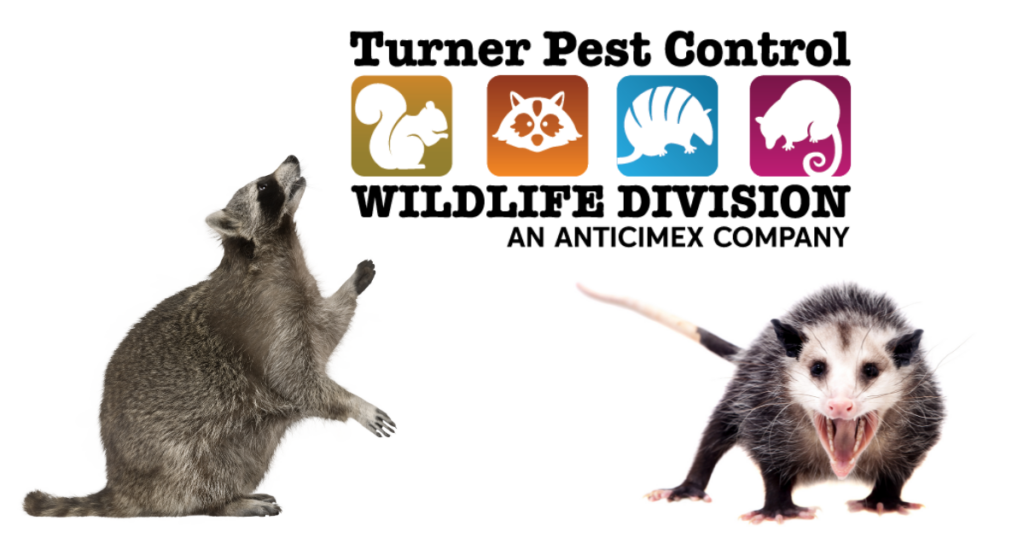
As homeowners in Port St. Lucie, Florida, we all want a vibrant and healthy lawn! It is quite frustrating when lawn fungus and lawn disease makes its way into our beautiful yard. That unsightly brown patch fungus, the mysterious powdery substance, or even the appearance of peculiar mushrooms can be clues lawn fungus treatment is needed.
In this article, we’ll explore what causes lawn fungus, discuss common fungal diseases in Port St. Lucie, and reveal tips to prevent lawn fungus.
What Causes Lawn Fungus?
Lawn fungus in Port St. Lucie, Florida is primarily caused by warm and humid weather conditions, insufficient lawn care practices, overwatering, and poor soil drainage. These factors create a favorable environment for fungal spores to thrive and infect the grass, leading to various types of lawn diseases.
What Does Lawn Fungus Look Like?
Lawn fungus can manifest in various ways, and identifying the specific type of fungus is crucial before determining the most effective treatment.
Symptoms of lawn fungus or disease include:
Brown or Yellow Patches: Lawn fungus often appears as circular or irregularly shaped brown or yellow patches in the grass. These patches can range in size from a few inches to several feet and may spread over time if not treated.
White or Gray Powdery Substance: Some lawn fungus diseases, like powdery mildew, appear as a white or gray powdery substance on the grass blades. This substance can cover the entire surface of the grass, giving it a dull and unhealthy look.
Red Threads or Threads-like Structures: Certain fungi, such as red thread disease, produce red or pink threads that extend from the grass blades, giving the affected area a reddish or pinkish hue.
Circular Rings: Fairy rings are another type of lawn fungal infection that creates circular rings in the grass, with the outer edge being darker or greener than the inside.
Mushrooms or Toadstools: Lawn fungus diseases can also produce mushrooms or toadstools on the lawn’s surface. These fungi may be indicators of underlying issues in the soil, so it is a good idea to investigate lawn fungus treatment.
Common Types of Lawn Diseases in Port St. Lucie, Florida
Common lawn fungus diseases include:
Brown Patch: Brown patch creates circular patches of brown, dead grass with a dark ring around the outer edge.
Dollar Spot: Dollar spot is another common lawn fungus disease that appears as small, silver dollar-sized patches of dead grass. It is often seen during periods of high humidity and in lawns that lack nitrogen.
Gray Leaf Spot: Gray leaf spot appears as small, grayish-brown spots on the grass blades. It can lead to severe damage if left untreated.
Fairy Rings: Fairy rings are made by various types of fungi and appear as circular rings of dark green grass with mushrooms or toadstools growing along the ring’s outer edge.
Pythium Blight: Pythium blight, or grease spot, is a destructive disease that causes irregular patches of yellow, slimy, and water-soaked grass.
Lawn Rust: If you notice rusty-orange or yellowish spore masses on grass blades, this could be lawn “rust.” This lawn disease flourishes during periods of cool, wet weather and can be found in lawns with poor airflow.
Take-all root rot: This fungus thrives in heavy rainfall and overwatering. Look for irregularly shaped light green or yellow patches and areas where grass is starting to thin out and die.
Fungus Gnats: Fungus gnats are small, delicate flying insects commonly found around indoor plants. As adults, they do not cause lawn problems; however, their presence may indicate young ones are nearby and possibly attacking your grass roots.
If you notice any of these issues in your lawn, it may be time for professional lawn and fungus treatment in Port St. Lucie.
Prevention Measures for Lawn Fungus
Lawn fungus control in Port St. Lucie requires a proactive approach and consistent lawn care habits.
Here are a few tips to treat lawn fungus:
Proper Mowing: Maintain the proper mowing height for your grass type, as cutting the grass too short can make your lawn more susceptible to fungal diseases. Be sure the mower blades are well-sharpened. Dull blades only rip off the tops of the blades and their frayed ends can leave them more susceptible to disease. Keeping the blades clean helps prevent spreading.
Adequate Watering: Water your lawn early in the morning to allow the grass to dry quickly. Avoid overwatering, as excessive moisture can promote lawn fungus.
Improving Soil Drainage: Proper soil drainage is crucial in preventing waterlogged conditions that encourage lawn diseases. Ensure that your lawn has adequate drainage to prevent standing water.
Fertilization: Apply the right type and amount of fertilizer to promote healthy grass growth. A well-nourished lawn is better equipped to resist fungal diseases.
Proper Aeration: Aerating the soil helps improve air circulation and reduces thatch buildup, which can create an environment conducive to lawn fungus.
Regular Lawn Inspections: Regularly inspect your lawn for signs of fungal diseases or other issues. Promptly address any problems to prevent spreading.
Although there are many fungicides available over the counter, there are several reasons lawn fungus treatment is best left to the professionals. If you need advice, feel free to call us.
Turner Pest Control: The Authority on Controlling Lawn Fungus
At Turner Pest Control, our Port St. Lucie expert lawn services include lawn fungus treatment, lawn fungus control, brown patch fungus control, weed management, fertilization treatments, and more.
Our pest control technicians understand how to eradicate lawn fungus and keep your lawn looking lush and healthy throughout the year.
Contact us for a free estimate on a customized lawn treatment plan to get your lawn back to looking lush and green!


